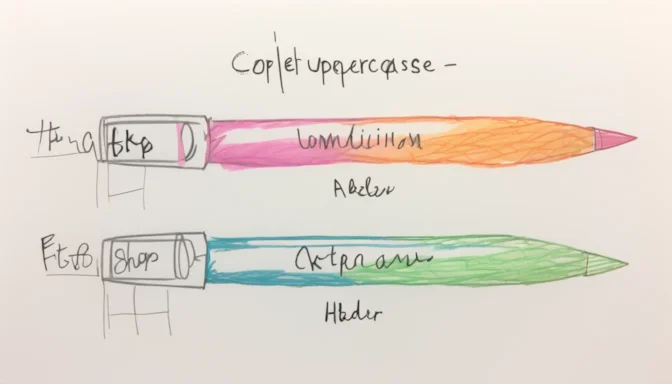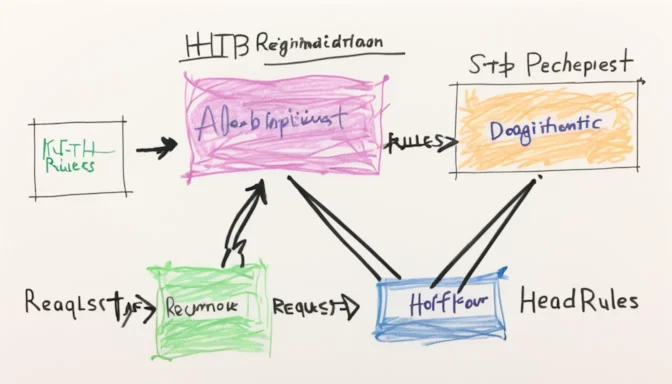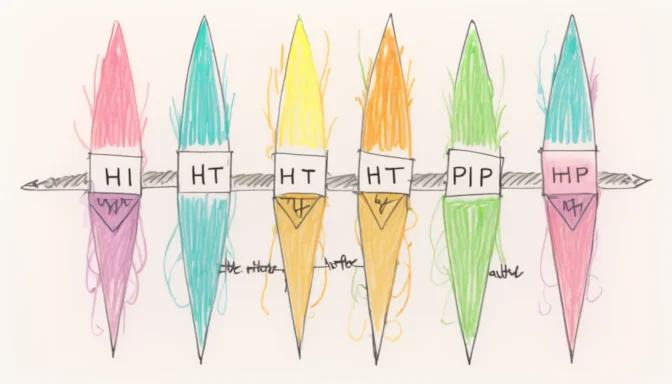Manipulating HTTP Headers

To manipulate HTTP headers in Chrome, navigate to Requestly Rule Selector and choose the 'Modify Headers' option. You can specify a Request URL or apply changes universally.
Custom HTTP Headers Best Practices

For custom HTTP headers, it's advised to omit the 'X-' prefix. Although 'X-' prefixed headers exist, they are not recommended for public documentation.
Reducing HTTP Request Header Size

Use the 'LimitRequestFieldSize' directive to reduce the size of HTTP request headers. This helps in optimizing server performance.
Case Sensitivity in HTTP Headers

HTTP headers are case-insensitive. However, using lowercase is good practice for simpler mapping and rule classification.
Altering HTTP Headers

HTTP headers can be changed via request header modification rules. These rules let you set or replace header values.
Security Risks with HTTP Headers
HTTP headers can be vulnerable to exploits like Server-Side Request Forgery and Cross-Site Scripting. Use security headers like 'X-XSS-Protection' to mitigate risks.
Ordering HTTP Headers

While header field order isn't critical, general headers should be sent first, followed by request or response headers, and lastly entity headers.
Troubleshooting Large Header Fields

'Request Header Fields Too Large' errors happen when HTTP headers exceed server limits. Clearing cookies and cache is a common fix.
 E-Commerceo
E-Commerceo
